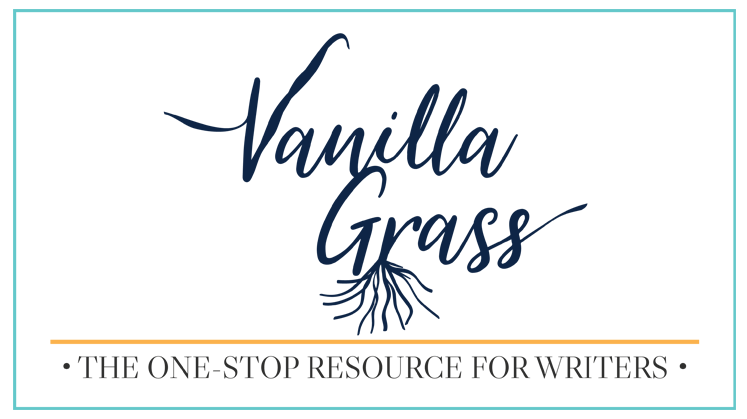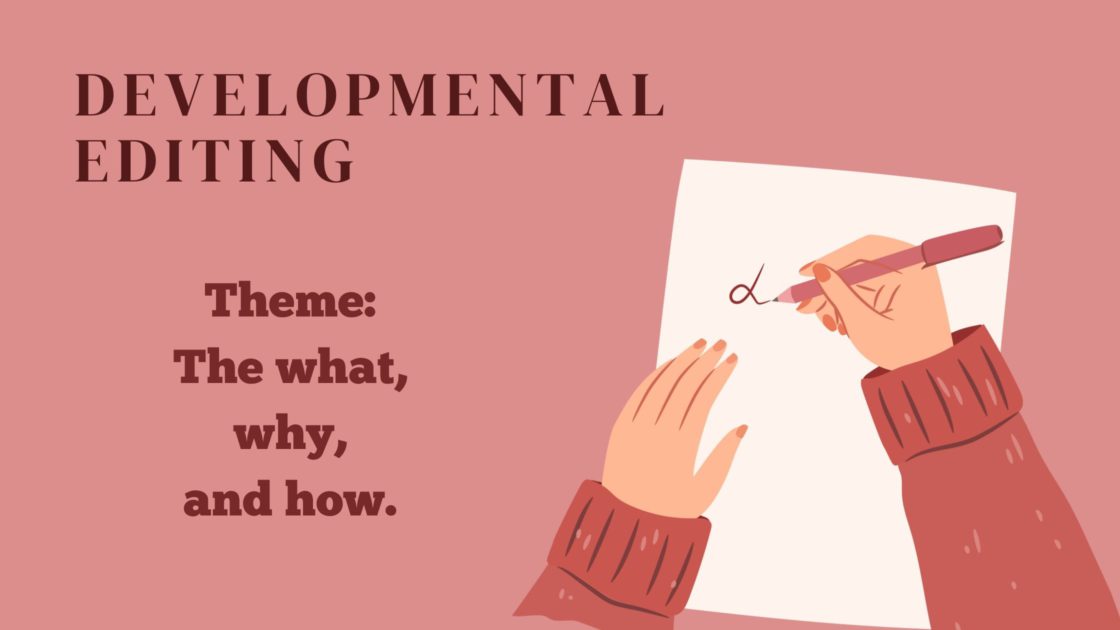Hello, my pretties! Curious how to improve your book’s theme?
Welcome to post #2 in the Developmental Editor tips and tricks posts! I thought since you got the skinny last week on just what developmental editing is, I’d give you some actionable steps you can take to improve your manuscript today.
The focus? Theme!
Woo! Oh yeah! Let’s go!
Call it sentimental mumbo jumbo or me just liking you all a whole lot, but I know authors are doers and I wanted to give you something you could sink your teeth into. 😉
Developmental Editing Tip: Focus on the story’s theme
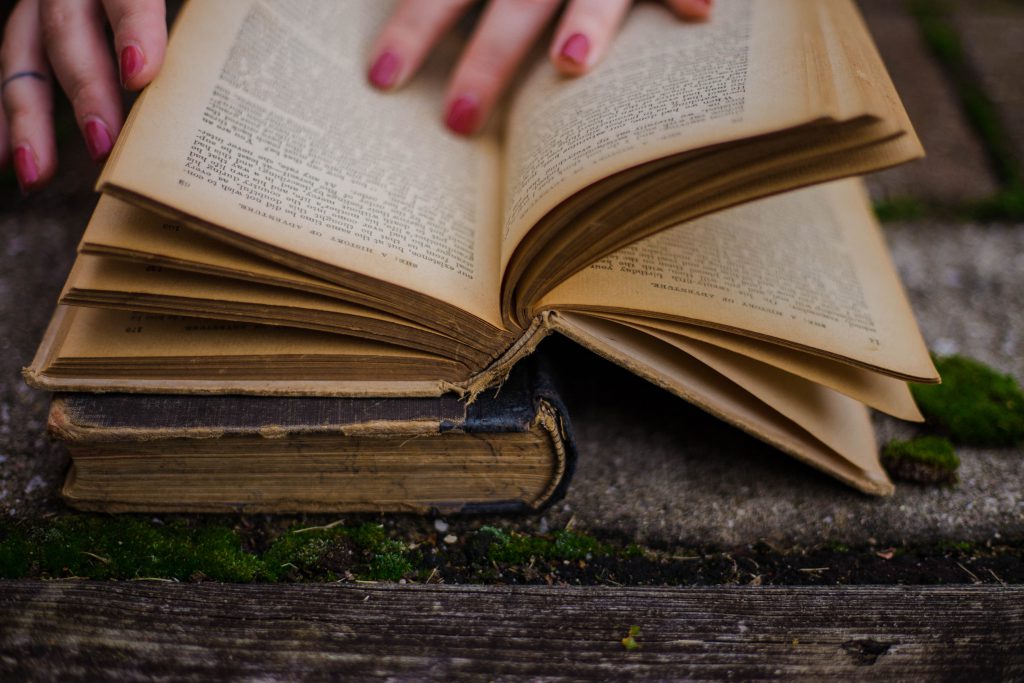
Silly mood aside, we’re taking a look at theme today. Now, I was going to go with scenes because I just love building a large story out of little ones, but then I decided I’d work with a body metaphor. You know writers and their metaphors. 🙄
The problem is, I think the structure of the body starts with the bones. And that’s theme. The muscles that do the heavy lifting? Those are scenes. So let’s start by propping our skin bags up and giving them some shape. Because nobody wants to read a skin bag.
You see, much like life, without a purpose, stories… feel flat. Stories without a theme fail to connect on an emotional level with readers. They often fail to connect even on a universal level with readers. And connection is what keeps readers reading. Connection is what turns readers into fans. And theme is one of the best ways you can connect with your readers without them even realizing it.
What is a theme of a story?
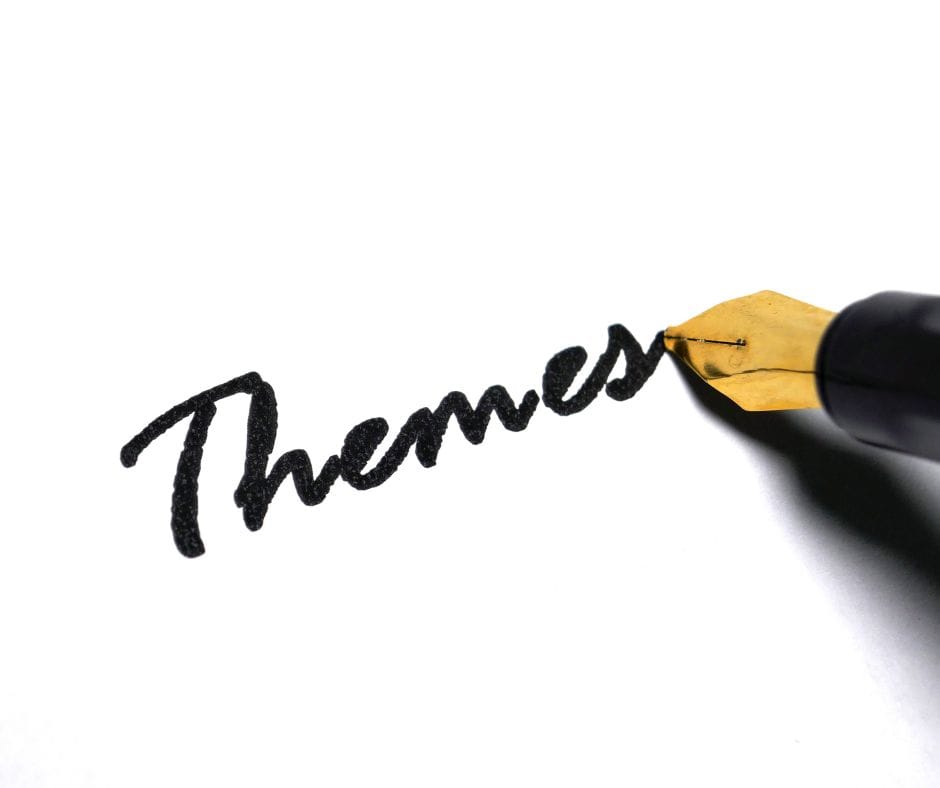
There are a couple of ways to define a story’s theme:
- As the central idea or underlying message an author wants to convey to the reader.
- As abstract concepts that represent broad, universal aspects of the human experience.
- As insights into the implications and deeper meanings of a story.
- As the glue that ties together characters, scenes, motivations, and other various elements of your novel into a unifying thread.
All are correct. And all serve one purpose: to turn a universal truth into specific human experiences so they can then be experienced universally.
You read that correctly. It’s like deconstructing a taco so we can savor each individual piece and think of, well, a taco.
Theme and the universal human experience

It seems a bit tedious to always have an eye on theme and the universality of our messages, yes, but there are reasons why we do it. There are reasons why we have to do it. The main one? Because while universal truths are something we all experience, we all experience them differently.
The trick to writing an excellent novel is walking the line between those two carefully and with emotion. You don’t want to be didactic. You don’t want to be so vague and literary that no one knows what the heck you’re talking about but claps anyway so they don’t seem dumb. You also don’t want to exclude everyone who hasn’t, I don’t know, found an airship in a cave and taken it to save the world from an international war like your character is doing.
I know, I know. I’ve done that one, too. But some people haven’t.
So how do we take the big questions and feelings we all feel about life and pump them into a novel that’s not about everyone so that when it’s done, they’re all thinking of metaphorical tacos?
Theme.
[insert trumpet music here]
How do I edit for theme in my novel?
Unfortunately for a lot of manuscripts that cross my desk, theme is something they’re lacking. Do I want to be hit over the head with it in the first chapter? Barring a lot of non-fiction, not necessarily. But it better well be present, even if I don’t quite know it yet. Why? Because theme gives purpose to everything the character does. Theme hints at something greater that is to come–something I can eagerly wait for. Theme takes one experience and ties it to universal understanding. And theme gives that all-important connection to the reader. That wink and nod that says you know what I mean, girl.
Who doesn’t want that wink and a nod?
Trick question. Everyone does.
The nice thing is that BIG universal themes can be broken down into lots of little ones so you can say whatever it is you need to with your novel.
Thematic example:
Let’s take a look at politics.

No! Wahh! You can’t make me! I thought we were friends here! Blarrrrrrrr.
—Sorry. Had to get my inner dialogue out of the way.
If you want to write a book with a political theme (bless your bravery), there are a hundred different avenues you could take. You could go meta and ask the question: what are politics, anyway? You could go U.S. mainstream and pick a platform because there are universal experiences and genuine emotions on both sides. (Yes, there are). You could even give a shout-out to the anarchists and question the need for government altogether.
Why? Because there are readers you can connect with on any of those topics on a universal level. Hitler wouldn’t have been able to connect with his followers without a connection to human experience and emotion. Neither would have Lincoln.
The point is, whatever you choose, it should be intentional from the very start and focused on connection.
Actionable Steps to Better Thematic Editing

That’s the nice thing about themes. They unite the plot, characters, setting, action–everything!–to what you, as the author, want to say.
Now, I bet you’re wondering where those actionable steps are that I promised. Good news! We’ve arrived.
Before we get into breaking down scenes and looking at character arcs and all the yummy editing pieces, we need to ensure the bones of our stories are strong because everything that follows relies on them. And I don’t want you saying two posts from now that I didn’t prepare you properly for an editing activity because you don’t have a theme ready.
You should be the hulk of writers. Your secret weapon? You’re always thematic.
Dun, dun, dunnnn!!
So, how do we build strong themes for our story?
By knowing what exactly it is you’re trying to convey to the reader.
4 Steps to a Building Strong Theme:
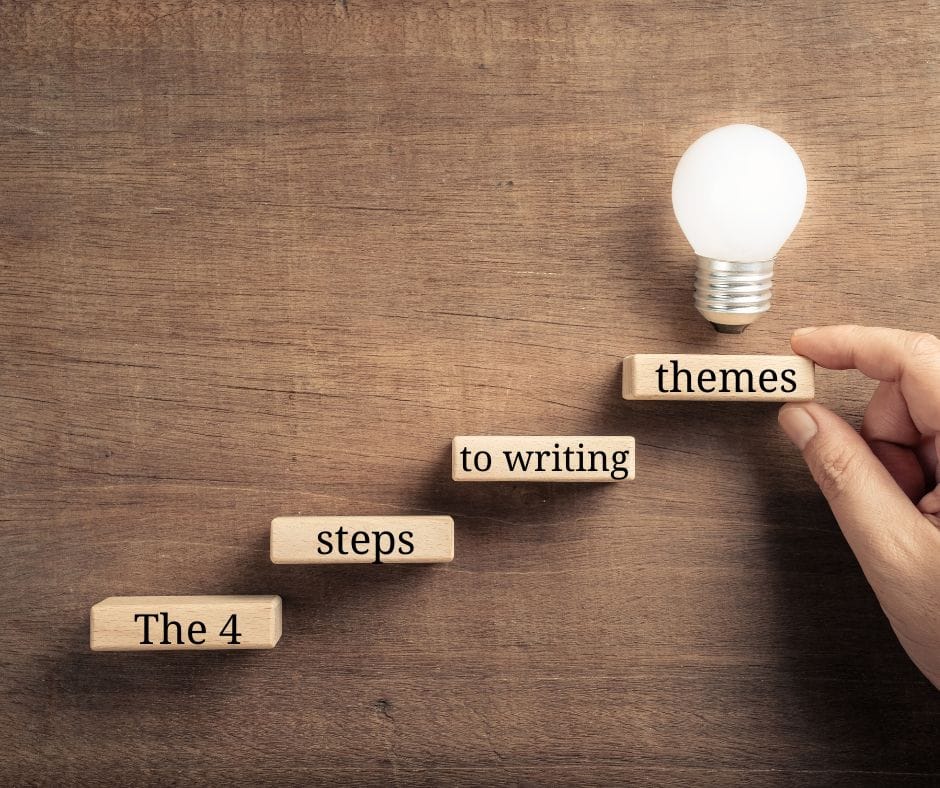
Step 1: Ask the big question – What is my novel’s theme?
Whether you’re about to write a novel, halfway through, or already finished: Write down what you think your theme is. Just off the top of your head.
As a reminder, these are broad, universal truths. Love conquers all, for instance. Time is the only true equalizer. Baboons are terrifying. Whatever you want the overarching message of your story to be (subtly or not). Then narrow it down from there into a few sub-themes if you’d like. Not a necessity though, I just know some of you are over-achievers who rock at everything.
Were you able to write it down off the cuff? Did it take a few minutes? Are you still not sure? It’s important for you to take the time to know this. So if you have already–whoop! And if you still aren’t sure, it’s okay. You’re doing it now.
Once you’ve got a decent idea (it’s okay if it changes before we’re done), head to:
Step 2: Ask the OTHER questions – Why does my theme matter?

Pithy little sub-headings, right?
By the other questions, I mean the dreaded whys?
- Why does this theme matter to you?
- Why did you choose it for this story? Or, conversely, this story for this theme?
- Why does it matter to your main character? To your antagonist? To the world it’s in. Or why does it matter that it doesn’t.
And most importantly:
4. Why should it matter to your reader? Or in layman’s terms: why should they care? Like at all?
Knowing the answers to these questions will strengthen your commitment to your theme and help make sure that you do it justice. It will also help a ton when writing your query letters, Amazon blurbs, and talking to your readers in a way that will help them become true fans.
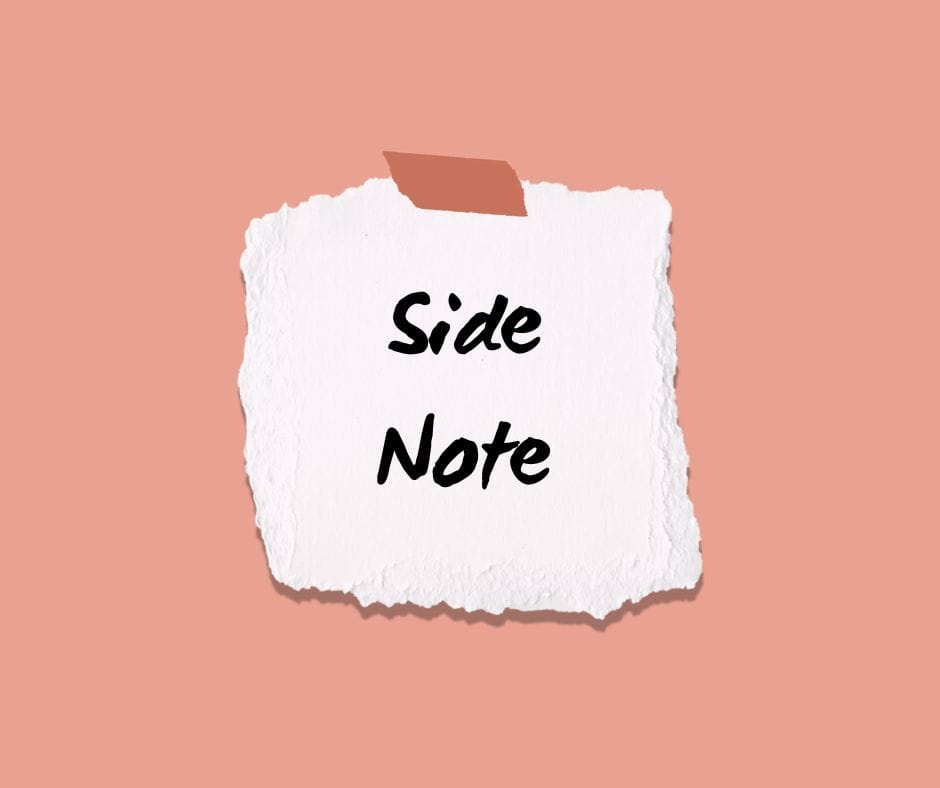
*** Thematic Side Note!***
I wanted to leave an aside here because sometimes I get a lot of pushback from clients or those who have submitted to Eight Moons. The resistance to the idea of theme goes something like this: I don’t want to teach a lesson or make a big deal out of anything. I just want to write a fun story. My readers just want an easy read to distract themselves, not to have an idea shoved down their throat, etc. etc. The pushback goes on. To that, I say… what a missed opportunity to connect with your readers. Also, I don’t believe you. Because a story without a theme is a story without a purpose.
But, if you’re still struggling with thoughts similar to those above, then don’t make it about you. Make it about your readers and your characters and change the questions above to reflect that. Focus on question 3 for your character and change question 4 to: Why does it matter to your reader?
Because I promise even smutty beach reads or hack-and-slash horrors have a character who needs to learn something or who cares about something more than anything else. Something that drives every action they do. Something they believe in with all their heart–even if it’s wrong.
And that’s what theme supports and molds and builds.
***End of thematic side note***
End of side note and on to:
Step 3: Check the Thematic Arc
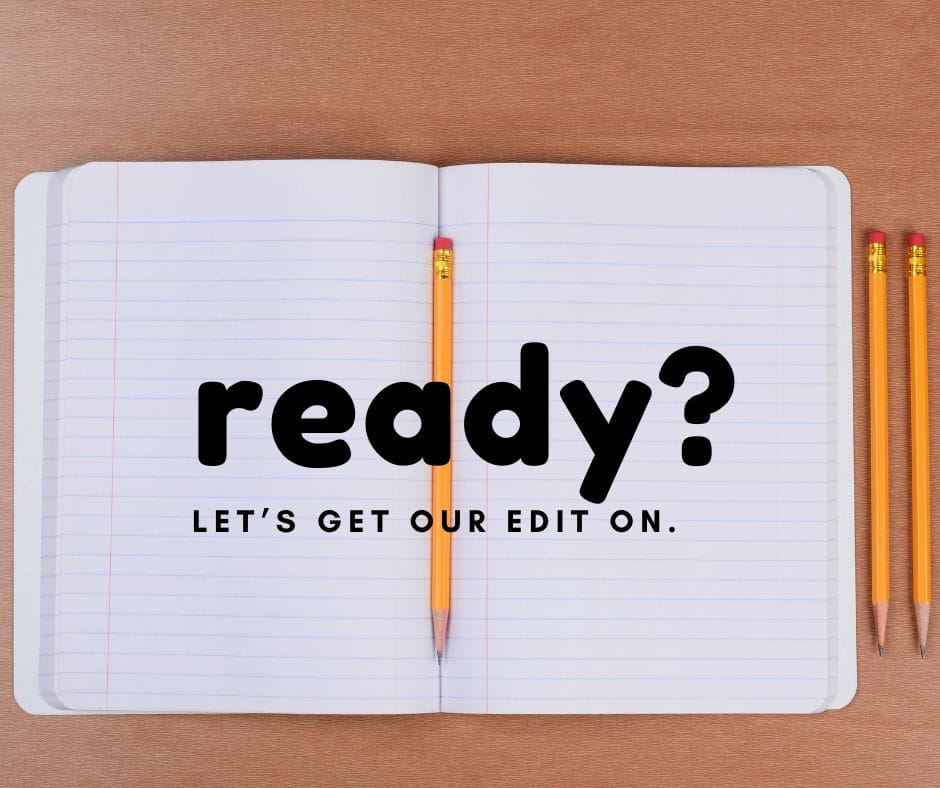
Now that you know your theme and why it matters to you, your main character, and your reader: pull out of a sheet of paper. Yes, hard copy, flesh from a once-living tree, so white it hurts your eyes paper. Doodling with your hands uses a different part of your brain than typing. Or . . . you can also use a spreadsheet if that works better for you. But at least throw in some colors or something so it’s more visually appealing. It’s the only way I can cope with the idea.
You see, the tricky thing about theme is that for writers–especially pantsers, like myself–the theme has a tendency to evolve over the flow of a story as we learn more about the world and our characters. It also has a tendency to wander in the muddy middle or wobble a little towards the end instead of sticking the landing.
How do we make sure our theme is on point and serving the plot while making sure the plot serves it? By first checking the health of the symbiotic relationship at each major point in the novel.
Check your 5 points.
To get our theme on track, let’s start with the:
- opening scene
- the inciting incident
- the mid-point
- the dark moment of the soul
- and the ending.
5 points that are integral to your character development, your plot arcs, and your THEME!
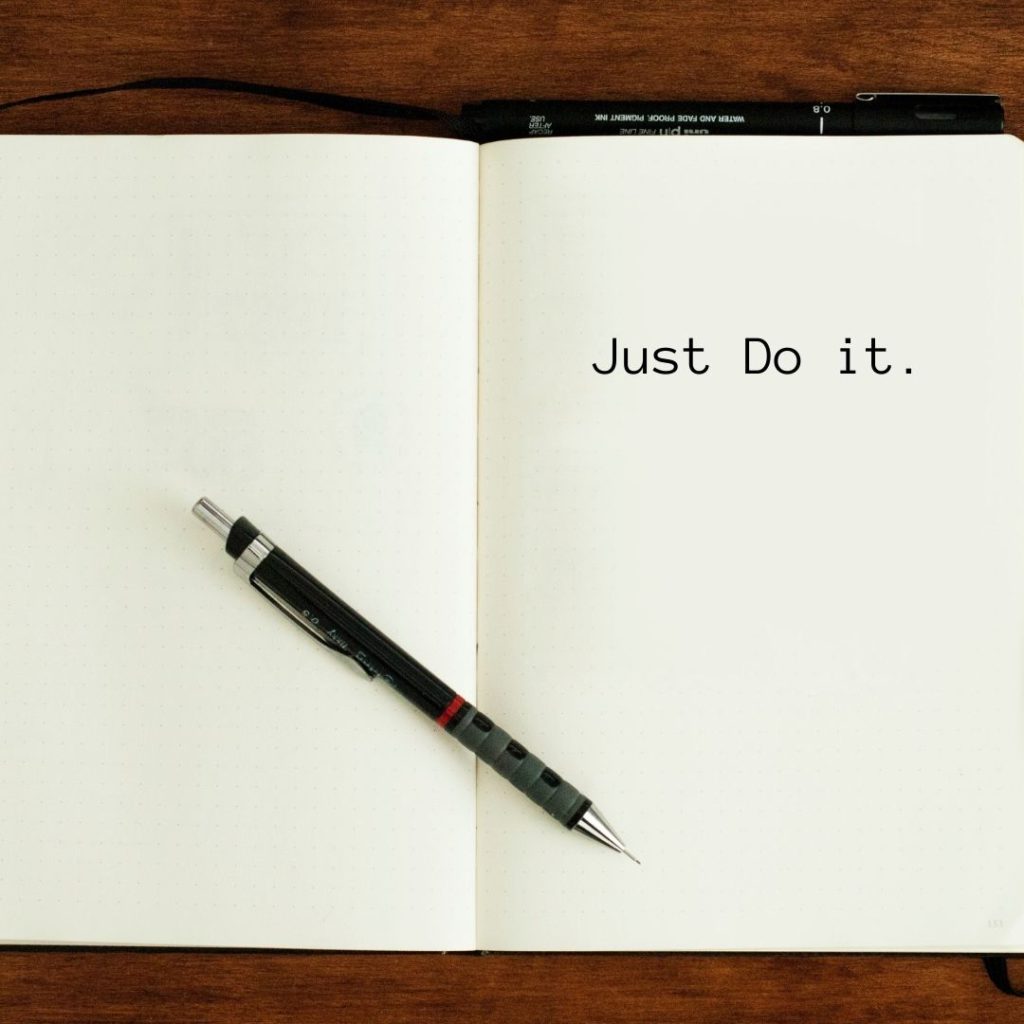
Write them down on your paper. Then, for each one, write in one sentence each:
- what is going on with your plot and
- what is going on with your main character.
Now, write down for each point how this relates to the theme. Ask yourself:
- How does my MC feel about the theme at this point?
- What do their actions indicate about how they feel about the theme? Do they align and make sense?
- How is the plot leading the character toward or away from your theme? Is that where you want them at this point in the story?
Hint: Unless you’re writing a pure Captain America-type hero story where the world changes for the one, or a true-love romance with a never-wavering romantic, these feelings shouldn’t be a flat line! It also shouldn’t be a rollercoaster descent from Everest to the depths of hell via the Himalayas.
Example of a thematic disaster!

While writing the second book in my steampunk series, The Pharaoh’s Curse, my theme focused on whether or not we have control over our fate. Zarina, my MC, was all over the place. Who wouldn’t be with a curse over her head and an assassin hunting her back, right? I thought it sounded human to be in so much turmoil while I wrote it. But the story wasn’t doing what I wanted.
I was unhappy with how purposeless it felt–especially since I had picked such a universal, compelling theme and had an awesome action/mystery plot to support it!
So I did what I had you do above. Then broke it down further into scenes (which we’ll do come scene time. Yay!). Zarina’s plight with the theme looked like the heart rate monitor of a person having a heart attack.
The result?
It flat-lined at the end, dead and lifeless.
That’s where step 4 comes in:
Step 4: Create Thematic Cohesion
If your theme flows with your character arcs and progresses naturally throughout the entirety of your novel, congrats! Well done. 😁
If it looks more like a heart rate monitor than an arc, I got you.
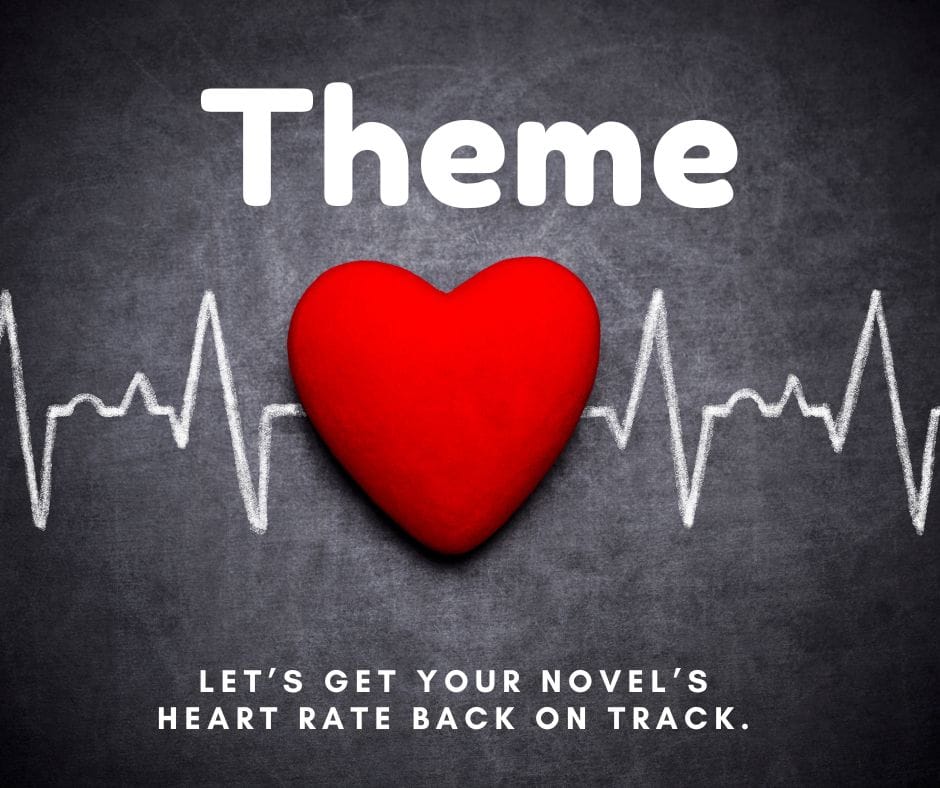
How did I fix Zarina’s thematic joyride to Hades? First, I wrote down my theme at the top of a fresh document, why it mattered, and how I wanted my MC’s arc and plot arc to look.
Next, I highlighted all the passages that talked about fate in my novel so I could find them easily and pulled these passages out into the document, placing them under their chapter number. I focused specifically on the crucial moments in the story.
Ah! The whole arc lay before me, easy to see and analyze. I slowly worked through each passage, making sure it flowed to the next. Kind of like journal entries about the theme from my MC. Once they flowed in the arc I wanted, I put them back in and made sure they fit back into the story’s plot all cozy and proper-like.
And voila!
Zarina had a compelling plot and a solid, unified theme to match.
Yay.
Developmental Editing With Theme Conclusion
And there you have it. Step one in developmental editing: rocking the theme.

If you read all this but aren’t sure where to start with connecting your theme to your story arcs, make sure to check out our story plot graphing calculator which can help you know where you should be at each point in the novel. Or check out our posts on story arcs and romance tropes to give you ideas for making strong themes.
Come back next week for more developmental editing tips like scene editing, character development, and more! Thanks for reading the ramble!
